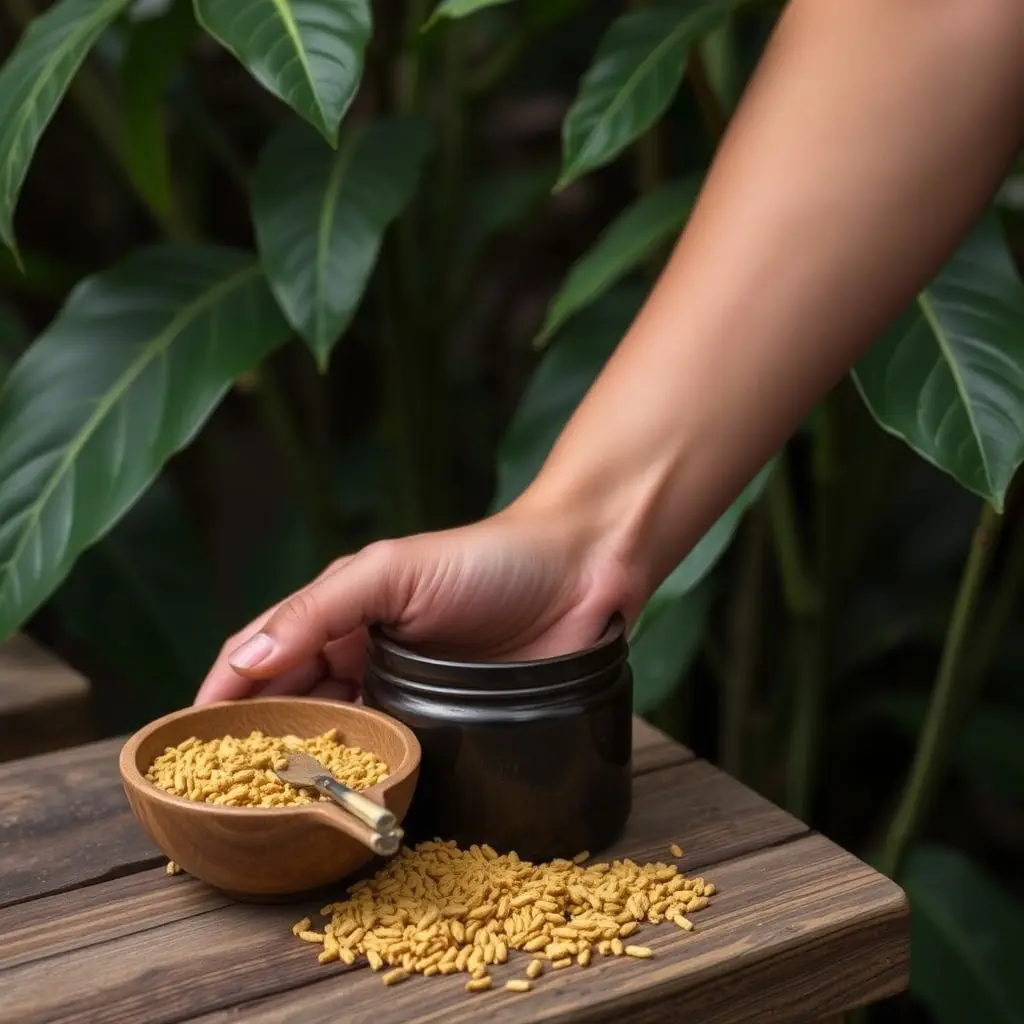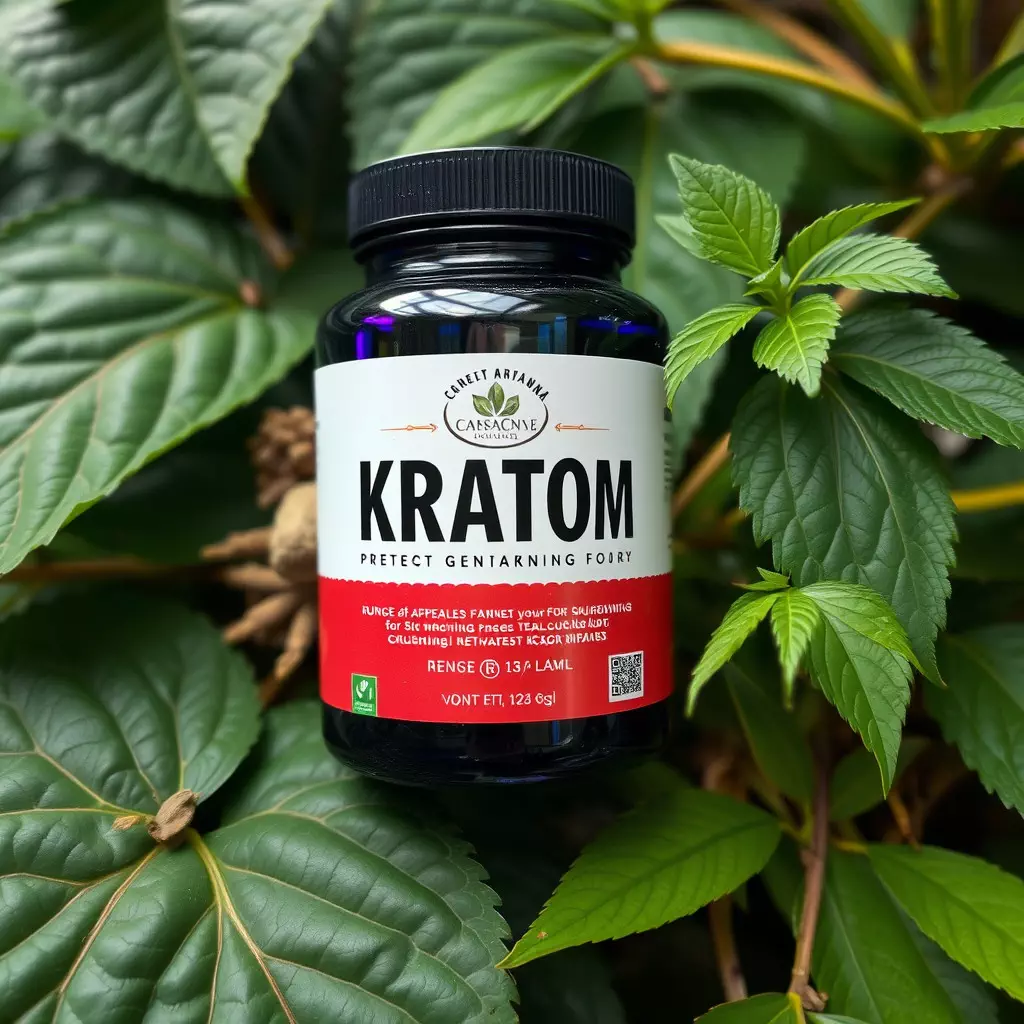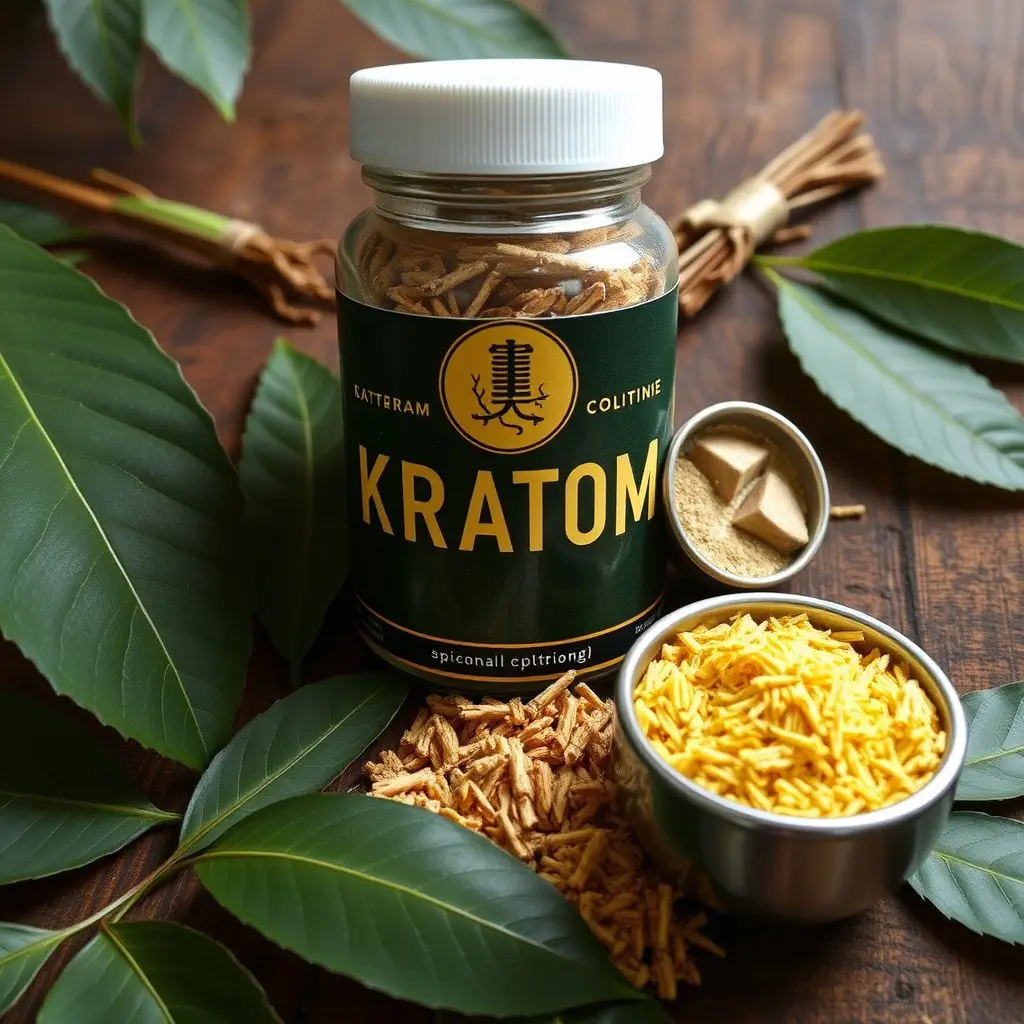Kratom, a plant from Southeast Asia, has gained attention as a versatile wellness aid with potential benefits for injury prevention and management. Its key alkaloids, mitragynine and 7-hydroxymitragynine, can modulate pain perception and mood, potentially reducing injury risk by enhancing focus. The best kratom strains for sleep, such as Bali or Indo, can promote restful sleep essential for recovery, making them particularly valuable for post-injury healing and pain management. These strains, with their high alkaloid content, are favored for improving sleep quality and reducing time to fall asleep. However, due to its potency, it's imperative to use kratom responsibly and under professional guidance to ensure safe integration into injury prevention or recovery programs. Proper dosing is critical to avoid side effects and to maximize the potential benefits of kratom for sleep and pain relief without impairing cognitive function. Always consult healthcare professionals before incorporating kratom into your health regimen, especially if you have pre-existing conditions or take other medications.
Exploring the intersection of natural wellness and injury care, this article delves into the potential benefits of kratom for preventing and managing injuries. Known for its alkaloid profile, kratom may offer a multifaceted approach to recovery, including optimizing sleep—a critical component in healing. We will examine the strategic use of kratom alkaloids to not only mitigate pain but also facilitate the body’s natural healing processes. Understanding how kratom can be integrated into an injury prevention and management regimen is key for those seeking alternative or complementary therapies.
- Understanding Kratom's Role in Injury Prevention and Management
- Optimizing Recovery with the Best Kratom for Sleep
- Strategic Use of Kratom Alkaloids for Pain Mitigation and Healing
Understanding Kratom's Role in Injury Prevention and Management

Kratom, a plant native to Southeast Asia, has garnered attention in various health and wellness arenas, including injury prevention and management. Its primary alkaloids, mitragynine and 7-hydroxymitragynine, interact with the body’s opioid receptors, which can influence pain perception and mood regulation. This unique pharmacological profile may contribute to its role in preventing injuries by promoting awareness and vigilance through heightened alertness. Users who incorporate kratom as part of their wellness regimen might experience a decrease in the likelihood of workplace or sports-related accidents due to improved focus and concentration.
In terms of injury management, certain kratom strains, like those often associated with the best kratom for sleep, such as Bali or Indo, can aid in recovery by facilitating better sleep quality. Adequate rest is crucial for tissue repair and overall healing post-injury. Additionally, the analgesic properties of kratom can help alleviate pain, reducing the need for more potent and potentially addictive pharmaceuticals. Users should approach kratom with caution, adhering to recommended dosages, as it is a powerful substance that requires responsible use. It’s important to consult healthcare professionals before integrating kratom into any injury prevention or management plan to ensure safety and efficacy, especially considering individual differences in response to kratom. By understanding the nuances of kratom’s effects, individuals can leverage its potential benefits to enhance their resilience against injuries and expedite recovery when needed.
Optimizing Recovery with the Best Kratom for Sleep

When it comes to optimizing recovery, particularly after an injury, ensuring adequate rest and sleep is paramount. The best kratom for sleep can play a significant role in facilitating this process. Kratom, a plant originating from Southeast Asia, contains alkaloids that interact with the body’s opioid receptors, which can promote relaxation and help alleviate discomfort. Among the various strains of kratom available, some are more effective for sleep due to their higher concentrations of specific alkaloids like 7-hydroxymitragynine. Users often report that Indo and Bali kratom strains are particularly conducive to achieving a restful night’s sleep, helping to reduce the time it takes to fall asleep and improve overall sleep quality.
Incorporating the best kratom for sleep into an injury prevention and management regimen can be a strategic move for those looking to enhance their recovery. It’s important to note that while kratom may aid in relaxation and sleep, it should complement other recovery strategies such as physical therapy, proper nutrition, and hydration. Additionally, individuals must adhere to appropriate dosing guidelines to avoid any negative side effects and consult with healthcare professionals before integrating kratom into their health routine, especially if they have pre-existing conditions or are taking other medications. Properly utilized, the best kratom for sleep can be an effective component in supporting a restful environment conducive to healing and recovery.
Strategic Use of Kratom Alkaloids for Pain Mitigation and Healing

Kratom, a tropical tree native to Southeast Asia, has garnered attention in the realm of natural pain relief and injury prevention due to its alkaloids, mitragynine and 7-hydroxymitragynine. These compounds are known for their analgesic properties, which can be strategically utilized for pain mitigation. For individuals seeking relief from chronic or acute pain as a result of an injury, the right strain of kratom, often considered to be among the best kratom for sleep due to its sedative effects, can offer a restful night’s sleep, which is crucial for healing and recovery. This restorative rest enables the body to undergo repair processes more efficiently, reducing the inflammatory response and promoting tissue regeneration.
When incorporating kratom into an injury prevention and management protocol, it is essential to consider the specific alkaloid profile of the strains used. Red vein kratom strains, for example, are often favored for their calming effects and are known to be among the best kratom for sleep. They can help alleviate pain without the sedative side effects associated with prescription opioids, allowing for a more natural approach to pain management. Additionally, users should adhere to dosage guidelines and consult with healthcare professionals to ensure safe and effective use, especially when it comes to long-term recovery and preventing further injury. Proper dosing is key to achieving the balance between pain relief and maintaining cognitive function, ensuring that kratom supports overall well-being without impairment.
Kratom, a botanical extract, has garnered attention within the realm of injury prevention and management due to its unique alkaloid profile. This article elucidates how strategic use of kratom can contribute to both the prophylaxis and treatment of injuries, particularly by optimizing recovery through the identification of the best kratom for sleep, which aids in restorative rest essential for healing. Moreover, the careful application of specific kratom alkaloids presents a promising approach for pain mitigation, facilitating a more expedient and comprehensive recovery process. As such, when integrated into a broader injury management plan, kratom may offer a valuable tool for individuals seeking to minimize their risk of injury or manage post-injury discomfort and rehabilitation.






